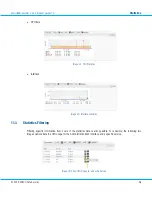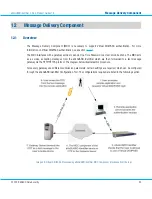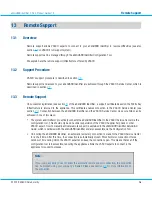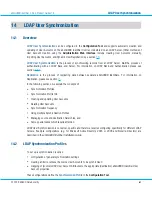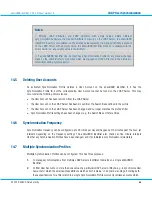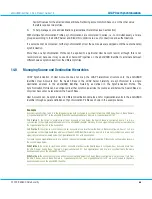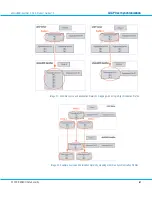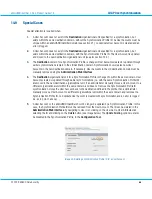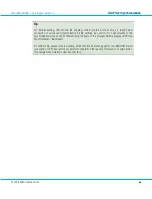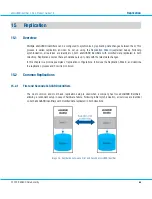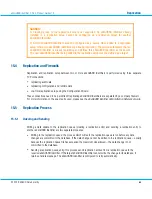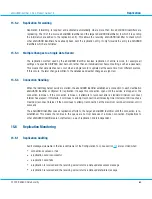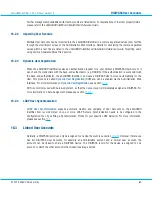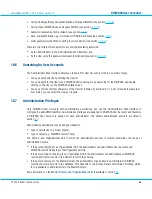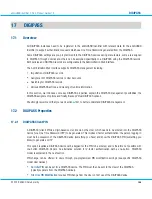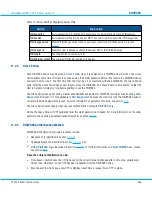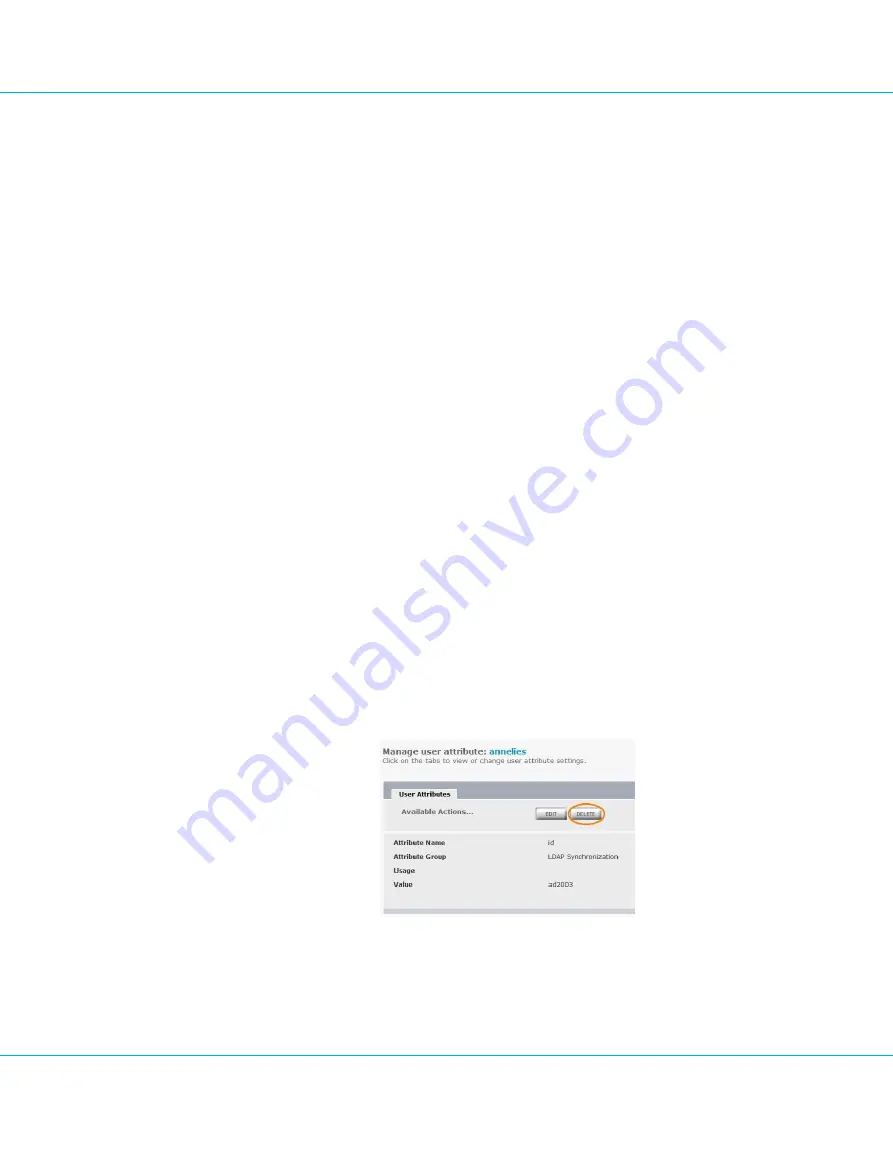
aXsGUARD Identifier 3.0.2.0 Product Guide v1.5
LDAP User Synchronization
14.9
Special Cases
Special attention is required when:
1.
A User Account does not exist in the
Destination
organizational unit specified for a synchronization, but
exists within the same destination domain, without the Synchronization Profile ID. As User Accounts must be
unique within an aXsGUARD Identifier domain (see section 21), no duplicate User Account is created and an
error is logged.
2.
A User Account does not exist in the
Destination
organizational unit specified for a synchronization, but
exists within the same destination domain, with the Synchronization Profile ID. The User Account is updated
and moved to the new destination organizational unit (see also section 14.4).
3.
The
Destination
domain for a Synchronization Profile is changed. User Accounts created or updated through
earlier synchronizations remain in the old destination domain. Synchronization now creates new User
Accounts in the new destination domain. If necessary, User Accounts in the old destination domain must be
manually removed using the
Administration Web Interface
.
4.
The
Destination
organizational unit for a Synchronization Profile is changed to within the same domain. User
Accounts created or updated through earlier synchronizations (i.e. with the same Synchronization Profile ID)
are moved to the new destination organizational unit. If an administrator manually moves a User Account to a
different organizational unit within the same domain, and does not remove the Synchronization Profile ID,
synchronization moves the User Account back to the destination defined in the profile. If an administrator
manually moves a User Account to a different organizational unit within the same domain and removes the
Synchronization Profile ID, no duplicate User Account is created with synchronization and an error is logged
(i.e. as in point 1 above).
5.
A User Account on the aXsGUARD Identifier should no longer be updated by a Synchronization Profile. In this
case, the Synchronization Profile ID must be removed from the User Account. The ID can be deleted in the
Administration Web Interface
by navigating to User List, clicking on the User name, User Attributes tab,
selecting the ID and clicking on the
Delete
button (see image below). The
Update Existing
option must also
be disabled in the Synchronization Profile, in the
Configuration Tool
.
©
2009 VASCO Data Security
88
Image 33: Deleting a Synchronization Profile ID for a User Account


